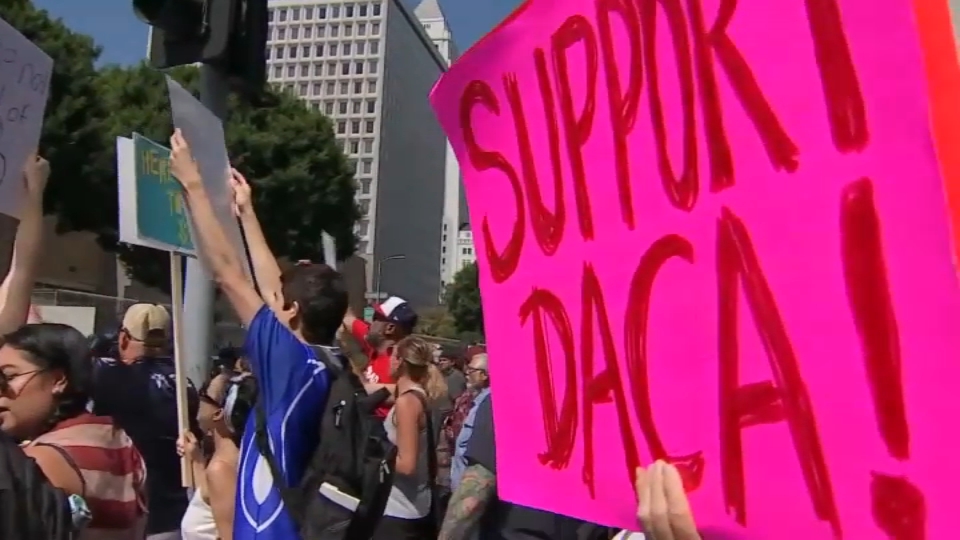A year after leaving the utility van he’d called home for a year in San Jose’s streets, Richard Robles surveyed the domain of his small room filled with his pictures, clothing and bed within the tiny home village in the Guadalupe Interim Housing Project.
“There’s always food to eat,” Robles said, “I’ve got my shower and bathroom - everything’s well set.”
The tiny home colony, which occupies a former parking lot beneath San Jose’s Guadalupe Parkway, has helped dozens of formerly homeless like Robles escape the streets — at least temporarily — while linking them up with services like job training and supportive counseling. The rooms include private bathrooms and even individual thermostats.
The housing project includes 96 colorfully painted modules, a dog park, laundry room, a food pantry and offices which represent one-stop-shopping for the multitude of services and individual case management. In rooms smaller than 400 square feet, clients like Robles are experiencing cataclysmic life shifts.
“This is more than a shelter,” said Robles. “It’s not a shelter - the community here, we’re all like family.”

The Guadalupe project, which is operated by the nonprofit LifeMoves, is one of six tiny home villages built in recent years in San Jose to address the homeless crisis. San Jose’s six sites provide a total of 500 individual dwellings for people transitioning off the streets. At Guadalupe, there is no set time limit for residents to transition out.
Local
“The data show they are here for six to seven months,” said Kingsley Egbujor, LifeMoves associate programming director for the Guadalupe site, “really building up their, for example, resumes or building up their income to really take on the next chapter of their life.”
Homeless outreach leaders believe the model of supportive tiny home housing is effective in helping people get off the streets permanently. The anecdotes are supported by statistics.
Get a weekly recap of the latest San Francisco Bay Area housing news. Sign up for NBC Bay Area’s Housing Deconstructed newsletter.
“Of the folks who’ve exited since they started living here and engaging the services,” said Jocelyn Michelson, LifeMoves’ vice president of impact, “we’ve had over a third, 35% go to permanent housing.”
The results have convinced San Jose and California state leaders to double-down on tiny home projects. Gov. Gavin Newsom recently pledged $30 million to building 1,200 tiny homes across the state. And San Jose’s most recent budget includes funds to build an additional 628 tiny homes by next July.

“They get people stabilized, connected to services and able to start thinking about their futures,” said San Jose Mayor Matt Mahan during a recent tour of the Guadalupe complex. “When you’re living in a tent down by the creek it’s very hard to take advantage of drug treatment job training.”
There’s an urgency for San Jose to move an estimated 2,000 homeless away from the city’s creeks after the state water board threatened the city with stiff fines because of the amount of trash ending up in the waterways. Mahan believes the expansion of the tiny homes will help the city achieve its goal.
“We have got to commit ourselves to getting people out of the waterways,” said Mahan, “off the streets and into basic dignified shelter and connected to basic services.”
Before the pandemic, Robles made a living doing auto detailing. When the economy imploded, it took his detailing business with it. After getting a job at Goodwill a year ago, the staff of the Guadalupe site bought him the equipment to re-launch his detailing business. He sees it as a first wrung on the ladder of his personal revival.
“I’m on my feet, but I’m more confident in myself now,” said Robles. “I found peace out here.”



